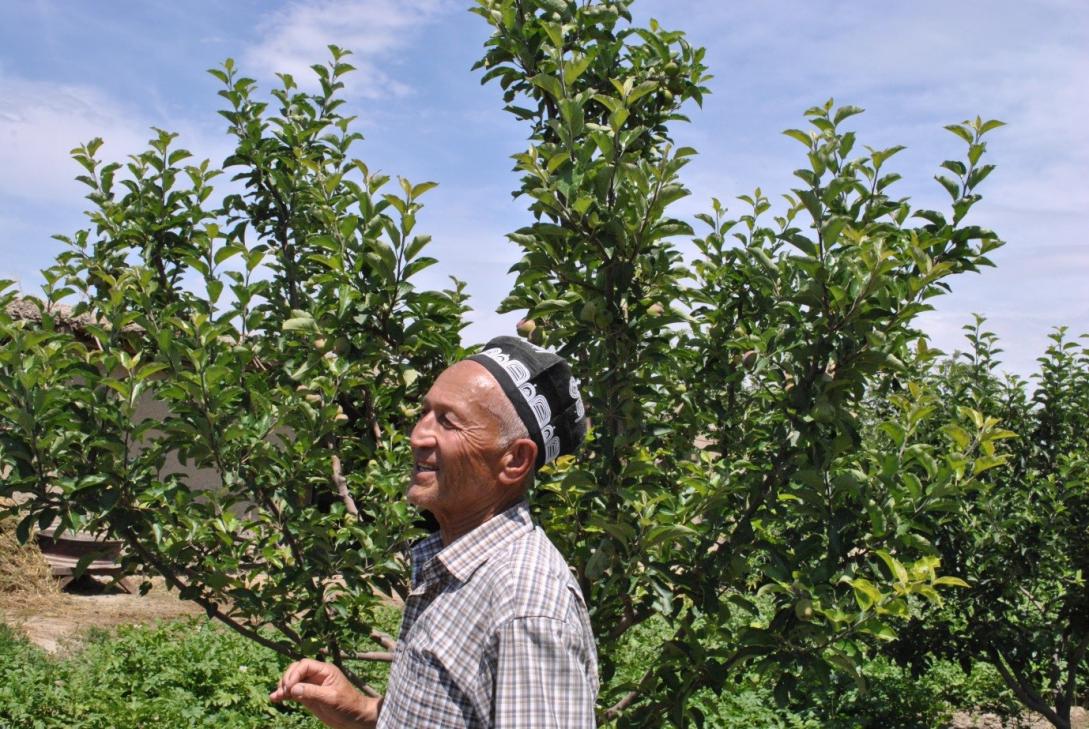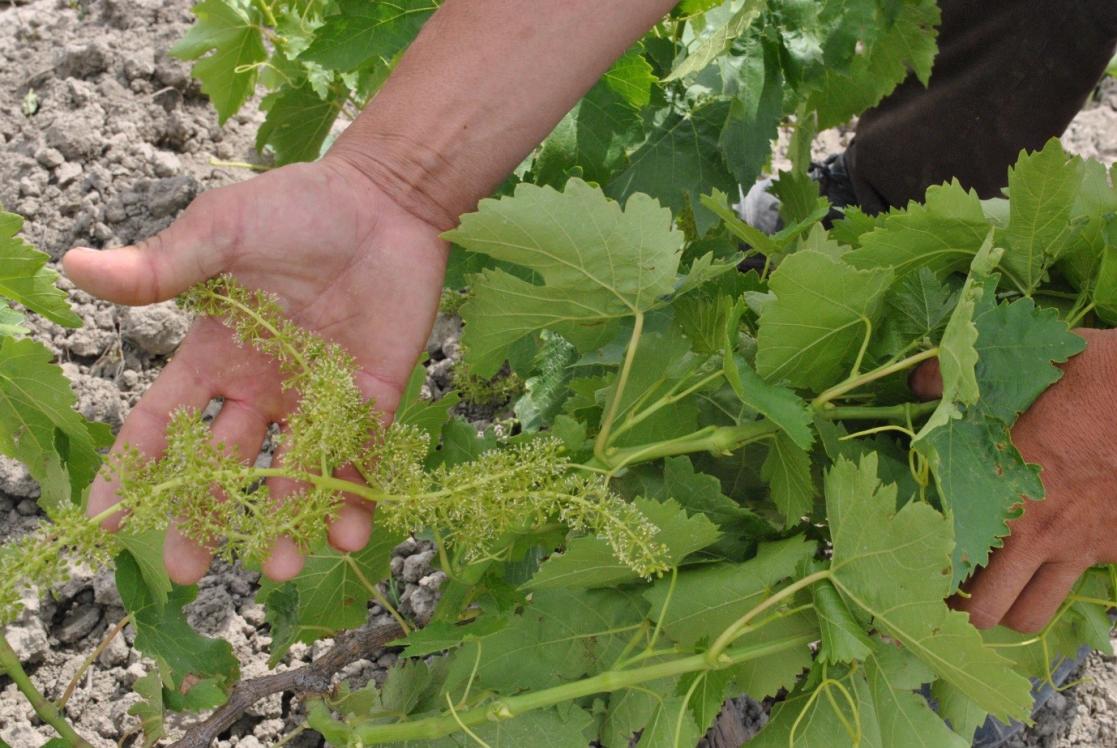The harvest is expected to be good this year

People and farmers of the Payarik region have improved their access to irrigation water.
Since olden times people of the Kupaki village of the Payaryk region have been growing vineyards and are famous for their renowned dried cultivar Oftobi, which, in addition to the local market, is exported abroad. Also, in addition to grapes for personal consumption people grow potatoes, tomatoes, onions, carrots and other types of agricultural products. Apple trees, hazelnuts, apricot, almonds, and pomegranates are planted in household plots. Products grown in the household plot-tomorqa are the valuable source of food for the rural population. The main crops on the farm fields are cotton and cereals.
Uzbekistan, due to its geographical location in the arid zone with a rapidly growing population and dynamically developing economy, is among the top 25 countries in the world with a high level of risk of water shortages. Given these factors, as well as the country's significant vulnerability to the negative effects of climate change, improving the efficiency of water management and the rational use of every drop of available water is crucial in ensuring the well-being of the population and enhancing food security.

For more than four years, the EU financed project “Technical capacity building” implemented jointly by the Ministry of Water Resources of the Republic of Uzbekistan and UNDP within the EU Program “Sustainable management of water resources in rural areas in Uzbekistan” has been working to improve the access for the population and agricultural producers in irrigation water. One of such successful examples of cooperation between the project and local partners is the commissioning of the Nishab pump station with a pressure pipeline to provide irrigation water for the population and farmers in the Payarik district of the Samarkand region.
The commissioning of the Nishab pump station will provide irrigation water to the population and farmers in the Payarik district of the Samarkand region will provide water to more than 70 households and 370 hectares of farm land that previously suffered from the water shortages and usually brought to the economic losses due to crop losses. The irrigation water will be delivered from a source located below the level of fields and lands of the population, which will ensure stable water supply, especially during a period of water shortage in the main source.
As a result of the construction of the pumping station, water supply for 630 ha of land will improve, and therefore water consumers, farmers and community members will be able to sow their fields and household plots without fear. This is especially valuable today, when food provision becomes a matter of strategic importance, which means that every piece of land should be used with the greatest return.

“Recently, a drinking water supply system was put into operation. And now, the Nishab pumping station will provide water to household plots (tomorqa) of community people and lands of farmers. Thanks to the project support that allowed us to use the allocated water resources with the greatest efficiency. We can say for sure that this year's harvest will be good, which will positively affect the living standards of my village mates”- says Abdurahmon aka Karimov, chairman of the WUA“ Khuja Buston ”.
In the frame of this project the reconstruction works of all the main channels of the pilot water users associations were carried out, 9 hydrocells and pumping stations were built and reconstructed, a unified power supply system was created for pumping stations on the main canal, water management organizations as well as educational and research institutions were equipped with modern electronic levels, software, land reclamation complex for database and monitoring. Extensive capacity development program is being implemented under which 3447 water management specialists have already been trained. The project provided support in in improving the regulatory framework for the wider introduction of water-saving technologies in agriculture.




